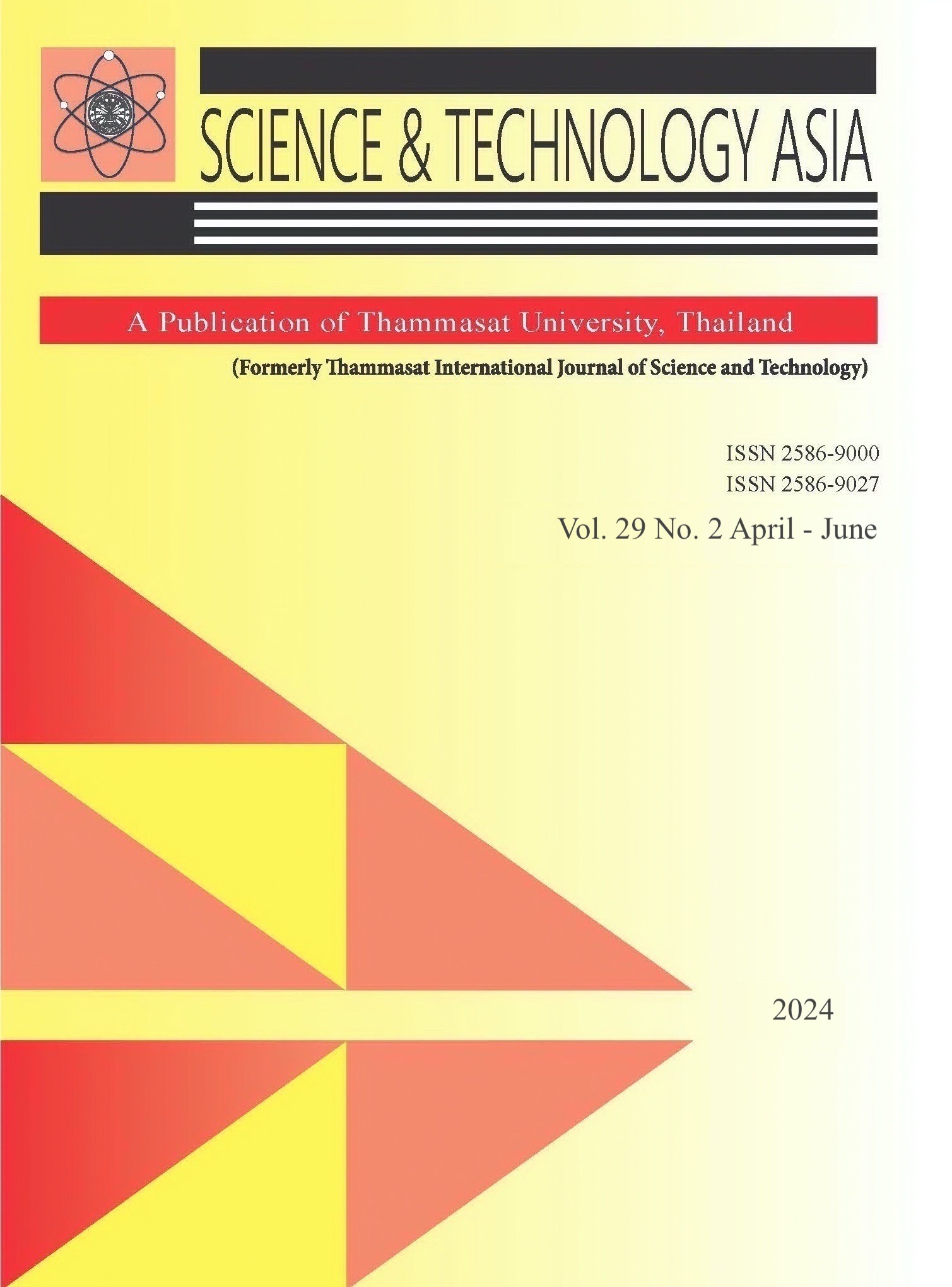A Bilevel QP-PLP Approach to Demand Response Modulation between Consumers and a Single Electricity Seller
Main Article Content
Abstract
During the peak hours, electricity becomes extremely expensive to produce and deliver and this causes a negative effect both to the suppliers and consumers. From the producer point-of-view, real-time pricing may be implemented to incentivize the consumers to shift their load usage to off-peak hours. That is, to adjust for a lower price during off-peak hours and for a higher price during the on peak hours. On the other hand, the consumers would then respond optimally to the given strategic prices by means of flexible load scheduling and incorporation of smart energy management systems. We present in this paper an intermediate model that maximizes the profit of the supplier while maintaining the low expenses of the consumers by using a bilevel program of the form QP-PLP, where the upper-level problem is quadratic and the lower-level problem is a parametric linear program.
Article Details

This work is licensed under a Creative Commons Attribution-NonCommercial-NoDerivatives 4.0 International License.
References
Siano P. Demand response and smart grids—A survey. Renewable and Sustainable Energy Reviews. 2014;30:461–
Available from: https://www.sciencedirect.com/science/article/pii/S1364032113007211.
O׳Connell N, Pinson P, Madsen H, O׳Malley M. Benefits and challenges of electrical demand response: A critical review. Renewable and Sustainable Energy Reviews. 2014;39:686–699. Available from: https://www.sciencedirect.com/science/ article/pii/S1364032114005504.
Calvillo CF, Sánchez-Miralles A, Villar J. Energy management and planning in smart cities. Renewable and Sustainable Energy Reviews. 2016;55:273–287.Available from: https://www.sciencedirect.com/science/article/pii/S1364032115012125.
Beaudin M, Zareipour H. Home energy management systems: A review of modelling and complexity. Renewable and Sustainable Energy Reviews. 2015;45:318–335. Available from: https://www.sciencedirect.com/science/article/pii/S1364032115000568.
Paterakis NG, Erdinç O, Catalão JPS. An overview of Demand Response: Key-elements and international experience. Renewable and Sustainable Energy Reviews. 2017;69:871–891. Available from: https://www.sciencedirect.com/science/article/pii/S1364032116308966.
Panda S, Mohanty S, Rout PK, Sahu BK,Bajaj M, Zawbaa HM, et al. Residential Demand Side Management model, optimization and future perspective: A review. Energy Reports. 2022;8:3727–3766. Available from: https://www.sciencedirect.com/science/ article/pii/S2352484722005479.
Sangaré M, Bourreau E, Fortz B, Pachurka A, Poss M. Loads scheduling for demand response in energy communities. Comput Oper Res. 2023;160:14.Id/No 106358.
Borges YGF, Schouery RCS, Miyazawa FK, Granelli F, da Fonseca NLS, Melo LP. Smart energy pricing for demandside management in renewable energy smart grids. Int Trans Oper Res. 2020;27(6):2760–2784.
Garcés A. Mathematical programming for power systems operation. From theory to applications in Python. Hoboken, NJ: John Wiley & Sons; Piscataway, NJ:IEEE Press; 2022.
Catanzaro D, Pesenti R, Ronco R. Job scheduling under time-of-use energy tariffs for sustainable manufacturing: a survey. Eur J Oper Res. 2023;308(3):1091–1109.
Zhao D, Wang H, Huang J, Lin X. Time of-use Pricing for Energy Storage Investment; 2021. Preprint, arXiv:2112.06358 [eess.SY] (2021).
Cheng J, Chu F, Chu C, Xia W. Biobjective optimization of single-machine batch scheduling under time-of-use electricity prices. RAIRO, Oper Res.2016;50(4-5):715–732.
Rossit DG, Nesmachnow S, Toutouh J, Luna F. Scheduling deferrable electric appliances in smart homes: a bi-objective stochastic optimization approach. Math Biosci Eng. 2022;19(1):34–65.
Yang H, Zhang X, Chu Y, Ma Y, Zhang D, Guerrero JM. Multi-objective based demand response strategy optimization considering differential demand on reliability of power system. International Journal of Electrical Power & Energy Systems. 2023;152:109202.
Available from: https://www.sciencedirect.com/science/article/pii/S0142061523002594.
Capone M, Guelpa E, Verda V. Multiobjective optimization of district energy systems with demand response. Energy. 2021;227:120472. Available from: https://www.sciencedirect.com/science/article/pii/S0360544221007210.
Brotcorne L, Lepaul S, von Niederhäusern L. A Rolling Horizon Approach for a Bilevel Stochastic Pricing Problem
for Demand-Side Management; 2021.Preprint, arXiv:2102.13634 [math.OC] (2021).
Aussel D, Brotcorne L, Lepaul S, von Niederhäusern L. A trilevel model for best response in energy demandside management. Eur J Oper Res. 2020;281(2):299–315.
Alekseeva E, Brotcorne L, Lepaul S, Montmeat A. A bilevel approach to optimize electricity prices. Yugosl J Oper Res. 2019;29(1):9 30.
Hobbs BF, Nelson SK. A nonlinear bilevel model for analysis of electric utility demand-side planning issues. Ann Oper Res. 1992;34:255–274.
Dempe S, Dutta J. Is bilevel programming a special case of a mathematical program with complementarity constraints? Math Program. 2012;131(1-2 (A)):37–48.
Kleinert T, Labbé M, Plein F, Schmidt M. Technical note – There’s no free lunch: on the hardness of choosing a correct big-M in bilevel optimization. Oper Res. 2020;68(6):1716–1721.
Kleinert T, Schmidt M. Why there is no need to use a big-M in linear bilevel optimization: a computational study of two ready-to use approaches. Comput Manag Sci. 2023;20:12. Id/No 3.
Aussel D, Egea C, Schmidt M. A Tutorial on Solving Single-Leader-MultiFollower Problems using SOS1 Reformulations. Preprint.
Tsui KM, Chan SC. Demand Response Optimization for Smart Home Scheduling Under Real-Time Pricing. IEEE Transactions on Smart Grid. 2012;3(4):1812–1821.


